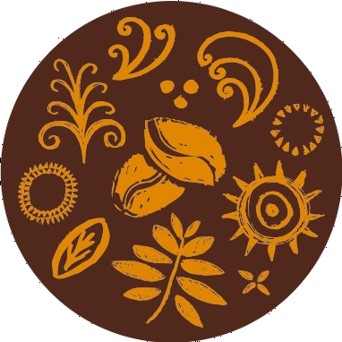Nestlé Zimbabwe is looking to beef up its local supply chains to improve business resilience in the face of challenges to access fx needed to import raw materials. The company is also looking to expand manufacturing in categories where it is a market leader and focus on driving exports.
The business transformation is being spearheaded by Eunice Ganyawu-Magwali, Nestlé’s Managing Director for Zimbabwe, Zambia and Malawi. It builds on work started in 2011, when Nestlé launched its Nestlé Dairy Empowerment Scheme (NDES) for commercial farmers, which was then expanded in 2015 to include small-scale farmers. Under the scheme, Nestlé trains 54 farmers and helps them to establish low-cost, sustainable farming models that manage their land and cut the costs of supplementary feed.
Nestlé also has a scheme called MyOwnBusiness (MYOWBU), which launched in 2019 and seeks to empower and train female entrepreneurs. 60 women participate in the initiative. These entrepreneurs are part of a pilot project to explore new routes to market for areas that are poorly served by Nestlé’s existing delivery network.
Like many manufacturers, Nestlé has had a difficult time in Zimbabwe. In 2009, the company faced a sustained campaign from the Mugabe regime to buy and process fresh milk from non-contracted suppliers, including from an estate managed by Grace Mugabe. The pressure forced the company to close operations for a period.
Between 2011 and 2019, Nestlé Zimbabwe received capital injections of over $38m from its parent company used to fund capital projects such as the refurbishment and upgrading of its plants to increase production capacity and efficiency. For much of that time, currency shortages and the volatility of local currency has made it increasingly hard for the company to operate.
One output of this investment, and the necessity of food manufacturers in Zimbabwe to focus intensely on local supply and cost management, is that the country has become more attractive as a manufacturing site for export products. One East African manufacturer Trendtype talked with in February had already identified Zimbabwe as its preferred location for production. In Nestlé’s case, exports rose 50% from 2016 to 2017 on the back of investments in its manufacturing operations. Most exports go to Malawi and Zambia, but the company is increasingly looking further afield, to markets such as DRC, Uganda, Kenya, Rwanda and Burundi, all of which are also part of the COMESA trading bloc.










